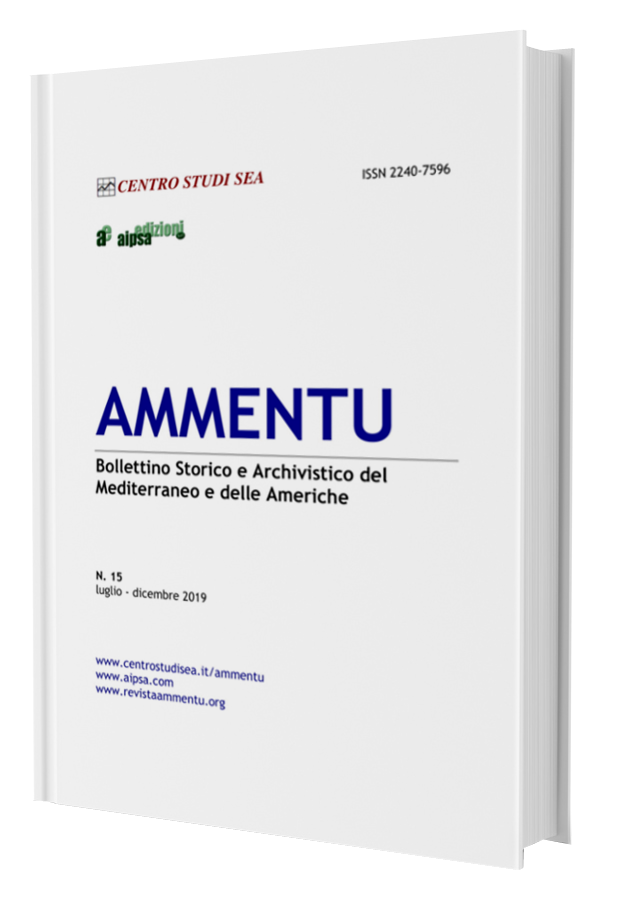Medical Simulation in the professional training process
DOI:
https://doi.org/10.19248/ammentu.349Keywords:
Medical Simulation, Skills and Skill, educational toolAbstract
Introduction: The medical simulation is established as a tool in the educational method that strengthens the teaching process in the student, helping him with the control and to develop certain skills capable for his growth as a professional. Objective: Analyze medical simulation in the teaching-learning process. Method: it is a qualitative study, based on the medical theory of simulation, and the experiences lived by the students, in the same way it has a quantitative, cross-sectional, descriptive study, with quality information from true scientific sources of recenty ears as. For the field research, students from the Miracle State University of seventh, eighth semester, graduates of the Bachelor of Nursing and Respiratory Therapy degrees were selected, because they have just passed the university learning process. Results: 70% indicate that medical simulation is very important, followed by 57% who did have experiences in the use of simulation, it is also reflected that 22% strongly agree and 44% agree that simulation improves his technical skills, and with a 34% agreement that helped him to have confidence in clinical practice, 40% mentioned that they had realistic clinical scenarios and 45% agreed that this has helped him to acquire knowledge. Conclusion: This teaching process proves to be effective, with true contexts. As the person in charge or technological object, imitates being the patient and then the student can cure him.Downloads
Published
2019-12-30
Issue
Section
DOSSIER - SALUD Y BIENESTAR EN AMBITO LABORAL
License
Note on the copyright
The Copyright Notice below must be included with the journal information and in the metadata for each published article. Although every journal can freely determine the nature and scope of the copyright agreement with its authors, the Public Knowledge Project recommends the use of a Creative Commons license. For these purposes, an example is provided and may be copy and pasted in the space below for those journals that (a) offer open access, (b) offer deferred open access or (c) do not offer open access.









